The Cost to Rebuild an Inboard Boat Engine
A dead or dying engine is a nightmare for any boat owner. Re-powering is expensive, no matter how you look at it. Rebuilding an engine instead of replacing it is one way that some boat owners look to manage an enormous cost they didn’t expect. But what is the real cost of rebuilding an older engine?
Fully rebuilding an inboard diesel engine costs from 25% to 50% of the cost of a replacement engine, which comes out at between $2,000-$5,000. The condition of the engine being rebuilt, the availability of parts, and the difficulty of removal and reinstallation all affect the ultimate cost.
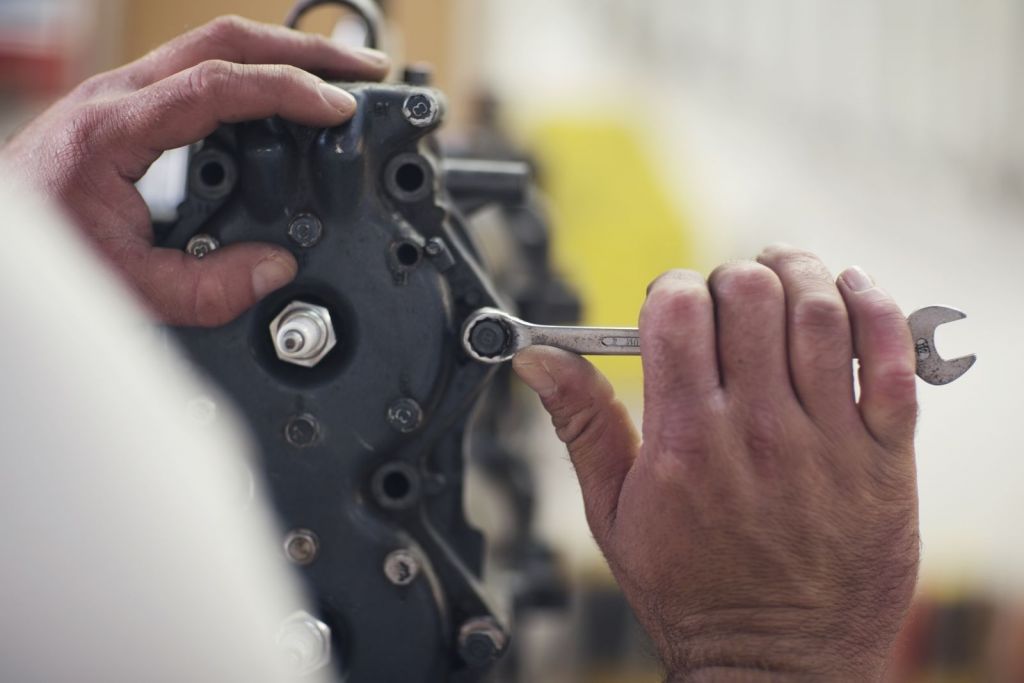
So rebuilding your engine can save you money versus replacing it with a new engine. But is it always the best solution, and what are the actual costs?
What is "Rebuilding" an Engine?
Your engine is an assemblage of parts built around an engine block. They machine every single part of the engine to a fine tolerance so metal parts mate without damage, pistons seal in exhaust gases, and precise amounts of fuel and air arrive in the cylinder at exactly the right moment for combustion. The precision engineering needed to keep two pieces of metal moving at high speed and separated only by a thin film of oil from tearing each other apart can not be overstated.
Wear, Tear, and Aging
Your engine takes a LOT of wear and tear over the course of its life. Each piston on a four-cycle engine running at 2,000 RPM moves up and down once per rotation, and fires 1,000 times per minute. That's almost seventeen little explosions every second and 60,000 every hour. Over 100 hours of operation between oil changes, every piston ring will rub against its cylinder millions of times.
All that motion, heat, rubbing and vibration causes wear and aging on an engine. As an engine ages, two things happen.
First, many of the added on parts - the pumps, starters, alternators, heat exchangers, and so on - these parts wear out. They leak air or water or start working poorly as their condition degrades. Often fixing a problem like a failed starter is just repairing one part of the engine which has broken, but as an engine ages, every added on component gradually wears out, as does every surface where moving metal touches metal.
The second thing that happens is that the integral parts of the engine itself get worn, scored, weakened, or deformed. Wear spots on the inside of piston cylinders let the engine exhaust escape and lose compression in the piston. Valve stems bend, gaskets degrade and break, pistons wear, piston rings bend, break or wear, and countless other parts in the engine degrade.
Eventually, you get an engine which isn't working like it did when it was new. Even if it starts and runs, it may smoke, use lots of fuel or oil, stall, or cannot reach full power. This is usually because parts of the engine have worn outside the tolerances they had when it was built.
Rebuilding
Rebuilding an engine is restoring it to near new condition. In most cases, the engine is removed from the boat and brought into a shop and completely disassembled. Tolerances are checked on every aspect of the engine and the engine is brought back into specification and reassembled. Things done during a rebuild may include:
- Replacing pumps, starters, and other add-on components.
- Replacing bearings.
- Machining out of tolerance parts, e.g. turning the crankshaft to fix worn or damaged spots.
- Re-boring or sleeving cylinders.
- Replacing piston rings
- Replacing valves
This is only a partial list - the final list of what work is needed depends on the age and condition of the engine.
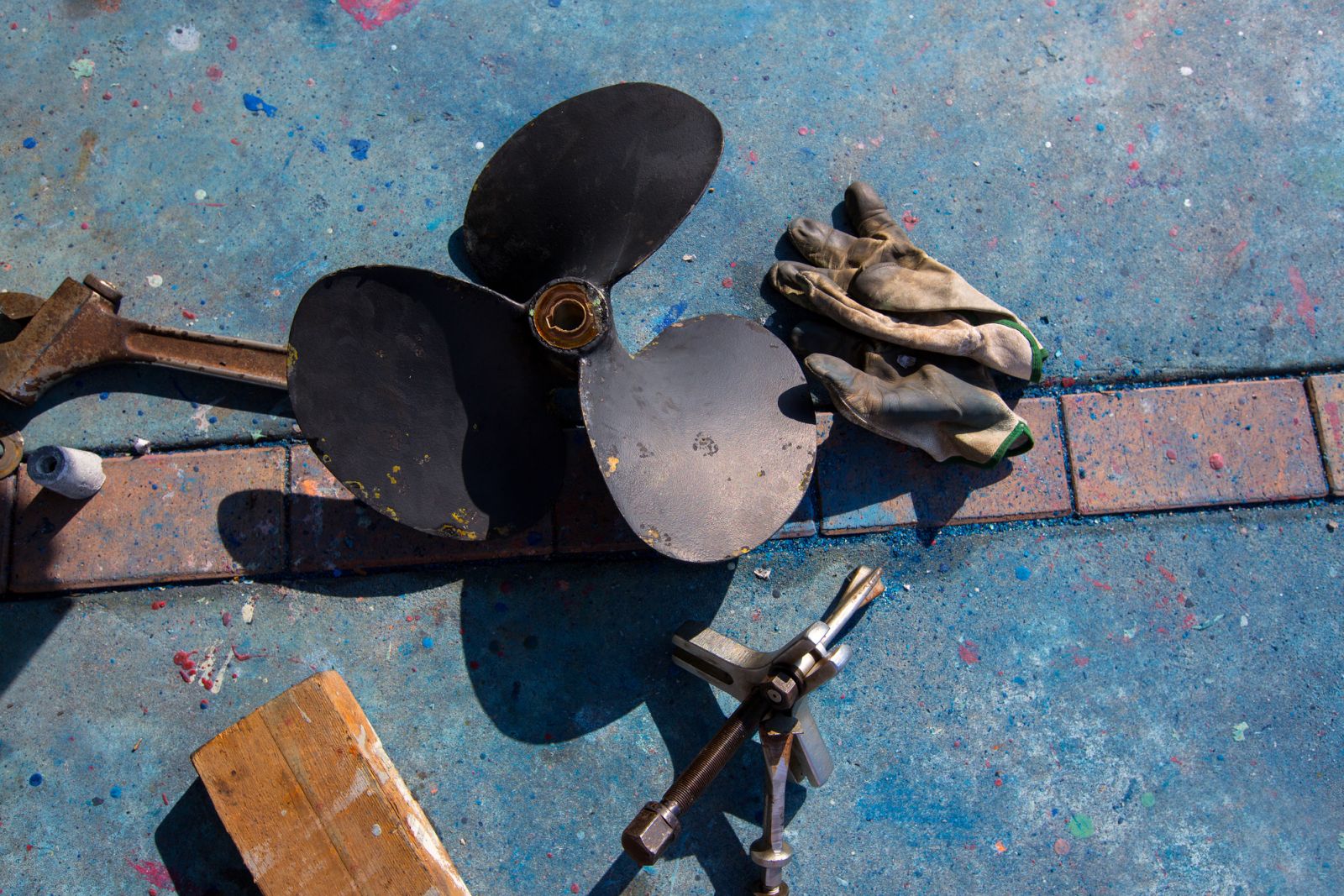
Full vs. Partial Rebuild
When doing a full rebuild all replaceable parts are replaced with new ones, ensuring that everything on the engine is new and there won’t be failures from pumps or mechanical parts which did't get replaced. This can be expensive, but engine manufacturers usually sell rebuild kits with all needed parts bundled at considerable savings, so replacing everything that comes in the kit is more cost effective. A full rebuild gives you the best assurance of trouble-free operation after the rebuild.
A partial rebuild is a cost saving measure you can take, where only those parts which are obviously worn or failing are replaced. So if a starter or pump is working fine, you can save hundreds or even thousands of dollars by not replacing them. The downside is that you leave aged components on the engine, and you may end up passing a problem along that shows up more quickly after the rebuild when an old part breaks.
Rebuild vs. Re-manufactured
Re-manufacturing an engine is like a full rebuild, but even more extensive. A re-manufactured engine is restored fully to the original equipment condition, as it was when new. In most cases, re-manufacturing of engines is for re-sale, not by a boat owner to restore the engine. Re-manufactured engines are often sold as "long blocks" or "short blocks" with any the external parts like pumps and starters that are added on to new engines. Buying an identical re-manufactured engine and moving everything from the old engine onto the long block is another cost saving alternative to a new engine.
What are the costs of a rebuild?
Giving an exact dollar cost for a specific rebuild in a general article is nearly impossible, given the wide variety of engines installed in boats and the range of age and conditions. The same Yanmar engine from one boat may cost twice as much to rebuild as the same engine on a different boat, if the first engine was abused and the second engine had every recommended maintenance period and was lightly used. But that second babied engine may cost more to get out of the boat if the boat builder didn't make access easy.
If you are hiring someone to rebuild your engine, it's important to get a detailed quote. It's likely you'll need a quote from an engine technician for the rebuild, and from a yard to get the engine out and to the engine shop. So call around and get prices, and get more than one if you can. Be very specific about what you want done, though once they disassemble the engine, there may be more to do than you originally expected.
Parts
Rebuild parts are a large driver of costs, as the rebuild needed depends directly on the condition of the engine and the parts on it. That abused Yanmar may take a lot more parts and require re-sleeving the pistons because of damage done to it, but the second engine may only need a fraction of the parts and the cylinders may be fine. Of course, a full rebuild of either engine will use the same parts kits, but you can often completely revive an engine in good shape with a partial rebuild.
It's not uncommon for the part kits for a full rebuild to cost up to 25% to 30% of a replacement engine.
Labor on the Rebuild
And engine rebuild is a very tricky do-it-yourself project, but if with the skills and access to a well-equipped workshop, many boat owners have made this their winter project and succeeded. You'll need a full range of precision tools, something to lift the engine block and move it, and a clean space where you won't contaminate the inside of the block.
But if you're less handy, you're going to have to pay someone to do the rebuild. A qualified mechanic will give you a solid estimate on the rebuild costs, both for parts and labor. But a proper rebuild is a labor-intensive process, so expect a significant labor cost on top of the needed parts.
Removal and Reinstallation
The final added cost will be to remove the engine and reinstalling it. Some engines have enough space to do a partial rebuild in place, but most engines will need to come out of the boat. You shouldn't have too many material costs for the removal, but you will incur labor and maybe crane and tool charges they need anything special.
This step is where you will bless or curse your boat builder, because how they put the boat together affects how much it costs to pull the engine out. We were lucky; with our boat, the cockpit sole lifted right out, and it was right over the engine room. The yard used a small tripod with a chainfall and pulled it straight out through the cockpit after undoing only a few screws and breaking the seal around the floor.
Not everyone is so lucky, and some boat builders put the engine in the boat before they put the deck on. The yard may need to perform some serious disassembly on your boat to get the engine out in one piece, and it may cause damage to your interior finish. If you need a Sawzall to get your engine out, it will not be cheap to put it back in, either.
Rebuilding vs. Replacing
A typical diesel inboard engine is designed for about 5,000 hours of use before it needs a serious rebuild or overhaul. If you run your engine 200 hours per year - a lot for seasonal, recreational sailors - it could last twenty-five years before a rebuild. A well cared for engine may make it to 8,000 hours, but if you don't change the oil regularly and don't care for the engine, you may be re-powering a lot sooner.
A fully rebuilt engine should be good for close to another 5,000 hours, so compared to replacing, a rebuilt engine should still last you many, many years. But the quality of the rebuilt, and the type of rebuilt (full or partial) affects this. A poorly done rebuild by an unskilled mechanic may not perform well at all.
The Pros and Cons of Rebuilding
Rebuilding has a few advantages beyond the obvious cost savings.
- The same engine goes back into the boat. There is no need for new plumbing, fittings, or adjustments for a different engine.
- You're using the same engine that the boat was designed for. You know it’s a good engine for the boat.
- You probably already have a pile of spares for your old engine stashed away.
- And you know the engine already, and how it works.
Disadvantages include:
- It's not a new engine. If there are fundamental flaws which aren't fixed, they may still show up.
- The success of a rebuild has much to do with the quality of the workmanship by the rebuilder. If you hire a poor mechanic, you may not be happy with the results.
- You still have an older engine, so you won't have any of the advantages of newer engines.
The Pros and Cons of Replacing
There are distinct advantages to a complete re-power if you can afford it. Note that re-powering with a new or re-manufactured identical engine to your old one removes a few of these disadvantages.
- New diesel engines are lighter, more fuel efficient, and more powerful for their weight than old ones.
- Advances in diesel technology have allowed more options for engine tuning and monitoring and better performance.
- Once it's broken in and you've finished troubleshooting the installation, a new engine gives tremendous peace of mind.
Besides being expensive, there are some drawbacks.
- A new engine may not fit as well into your engine room. While it may be smaller, it may require adjustments to exhaust lines, wiring, and even transmission or prop alignment to fit.
- The engine/boat combination with the new engine is untested. You may find performance differs from what you expect, since it will have different torque curves and cruising RPMs that may not work as expected with your propeller and hull.
Did you find the answer to your specific question?
👍 6 👎 1
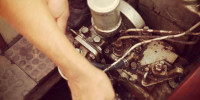
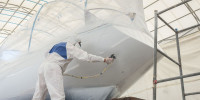

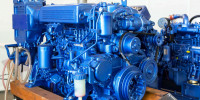
Comments
Sang
looking for inboard engine for wellcaft 2020 cud cabin 22f, rebuilt engine ok.
Leave a comment